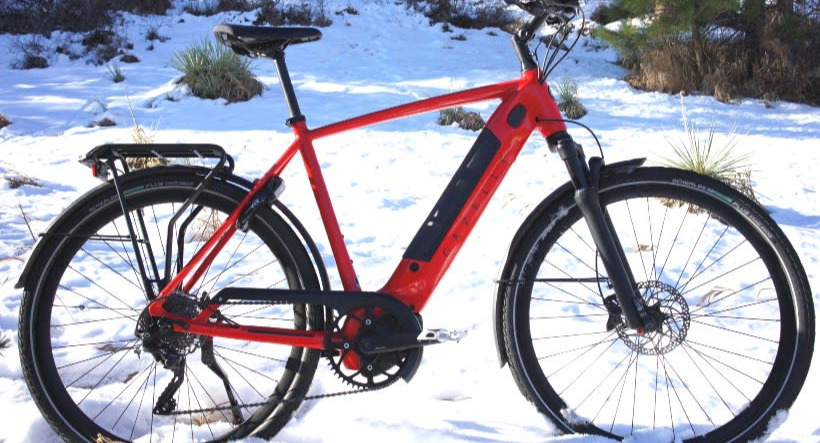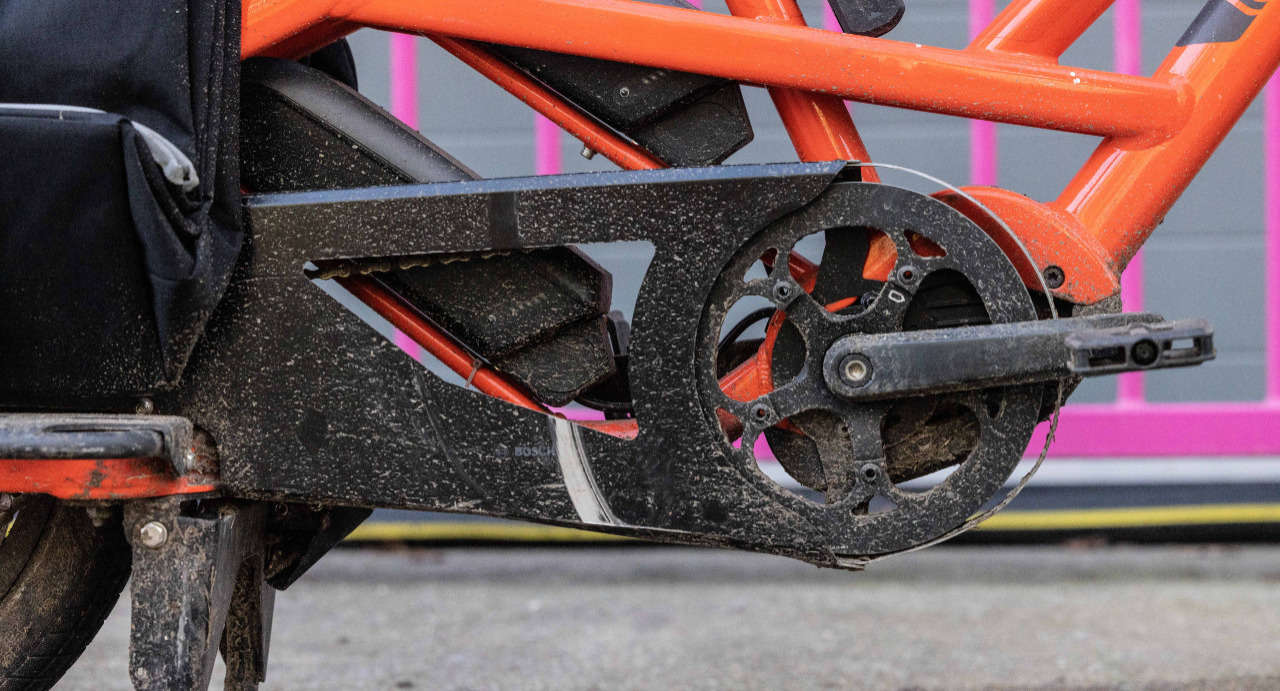Battery Care
Electric bikes can allow you to ride further and faster with less effort. To maintain your battery here are basics on care to keep in mind.
Charge it Up
- Only charge your battery with the manufacturer-provided charger that came with the bike. Do not use aftermarket or third-party equipment.
- Charge your battery in an area or room with working smoke detectors.
- No need to ride the battery all the way to empty before charging again. Partially charging your battery between 20-80% is the best way to maintain it's longevity.
- Avoid storing or charging the battery in extreme heat or cold. A cool, dry location between 32-68°F is ideal. Avoid temperatures colder than 32°F or warmer than 85°F.
- Do not spray your bike with water to clean it. If possible, remove your battery before cleaning your bike. Most ebikes have some degree of water resistance to rain, but constant direct pressure from a hose or pressure washer can damage your battery and the electrical components.
- Unplug your battery once it has reached 100% - Do not charge overnight.
- For extended or seasonal periods of inactivity store your battery with a charge between 30-60%. If the battery is stored completely drained it can decrease the amount of effective charging cycles in your battery life.
- Aim for a resting period of about 30 minutes after riding to cool down your battery from a constant state of discharge before charging it again.

Winter Care
Riding your bike in winter weather? Remember that batteries do not like extreme temperatures. If the battery of your bike is easily removable consider storing it inside overnight.
Be aware that riding in temperatures colder than freezing (32°F) will negatively affect your battery performance. You may experience a decrease in your effective range and the need for more frequent charging cycles. The colder the temperatures, the more noticeable this will be. It may also take longer for the battery to "warm up" -- so plan for an extra few minutes before you kick it into Turbo mode!
If you are putting your bike away for the winter try to keep the battery temperature between 32-68 degrees Fahrenheit and the charge between 30-60%. Check the battery charge monthly and charge it to the desired level if necessary.

Cleaning
If you need to clean dirt and salt off your removable battery do not submerge in water or clean with high pressure water. Remove the battery from the bike and wipe with a damp cloth or sponge. Avoid water entering the battery port. Do not use harsh chemicals.
If you cannot remove the battery or other electronic parts cover them with a protective cloth while cleaning.
Range & Battery Life Expectancy
The range of an electric bike per charge varies from 20-100 miles. The variance in this depends on the size of your battery, the level of assist you choose from your motor, how much weight you are carrying on the bike, the weather and more! The lowest level of assist (often called "eco mode") will use the least amount of power from the battery and will give you the most miles per charge. The highest level of assist (or "turbo mode") provides the most power to you and will drain the battery the fastest, giving you less range.
Batteries tend to last 2-5 years depending on charging history, storage and usage. Here a some ways to recognize your battery is nearing the end of its life.
- Long charging times, not fully charging or losing charge quickly
- Needing to recharge your battery more frequently
- A lack of power and fluctuation in voltages
- Discoloration of the battery casing
When these signs begin to appear you can bring your battery back to Wheelworks (or other collection partners) to have it recycled. Learn more about battery recycling and it's importance at call2recycle.
Know Your Battery
Not all electric bike batteries are the same. Different voltages provide different ranges and speed maximums on electric bikes - a 36 volt battery will have a lower capacity than a 52 volt battery. Being mindful about battery practices is the best way to stay safe. When in doubt refer to the manufacturers instructions.
